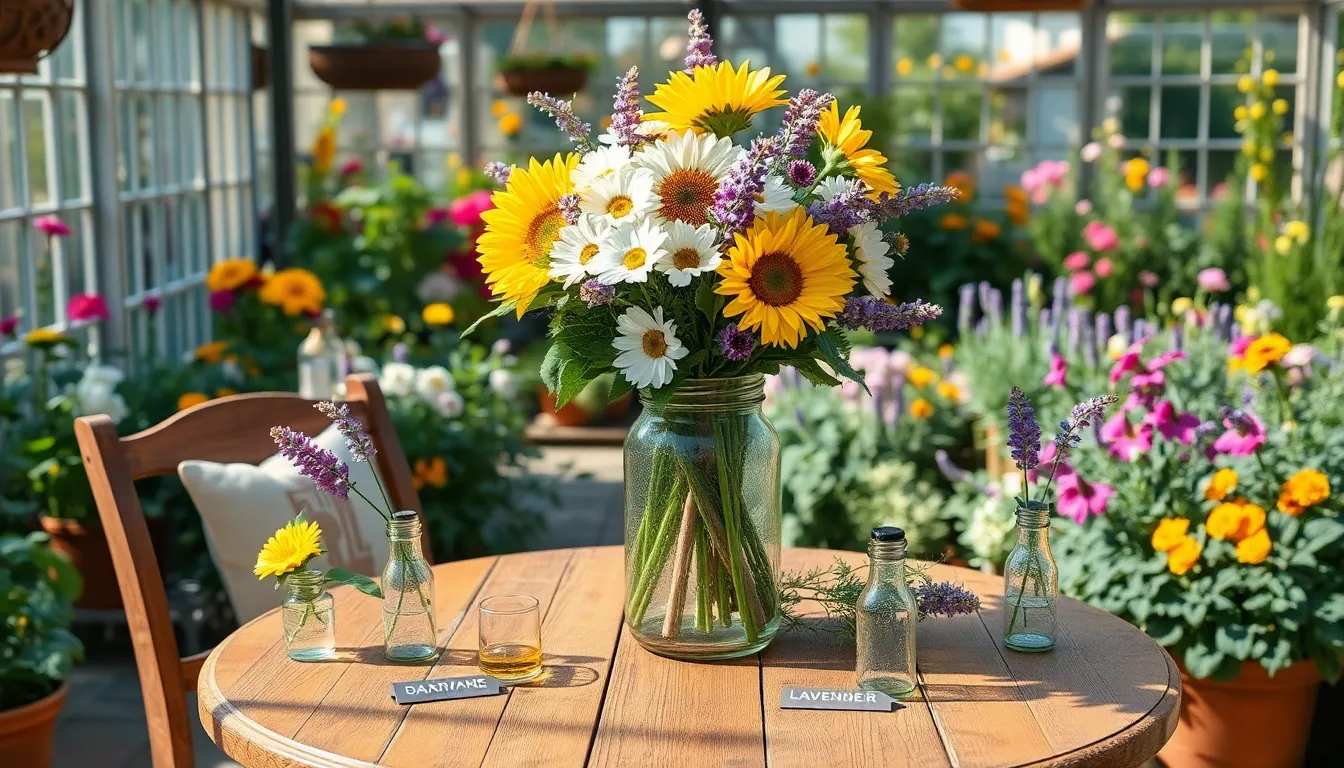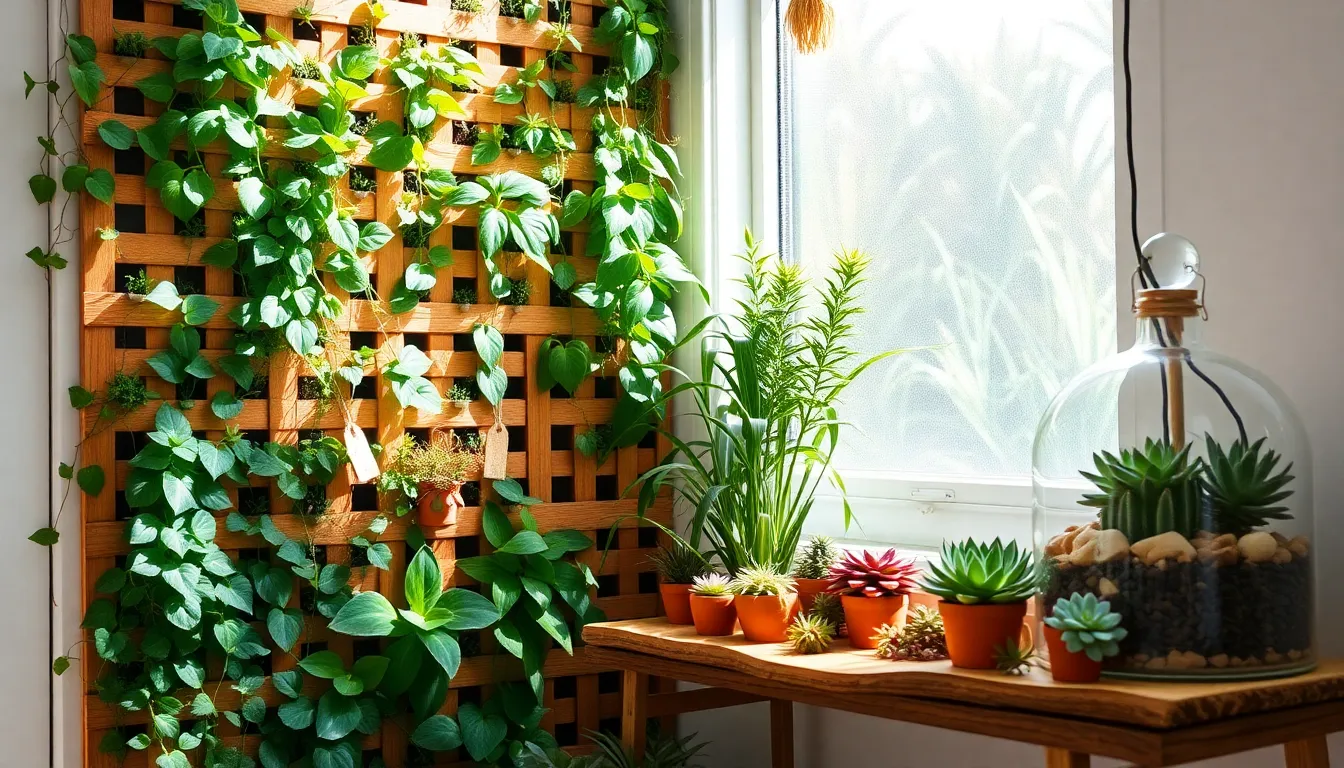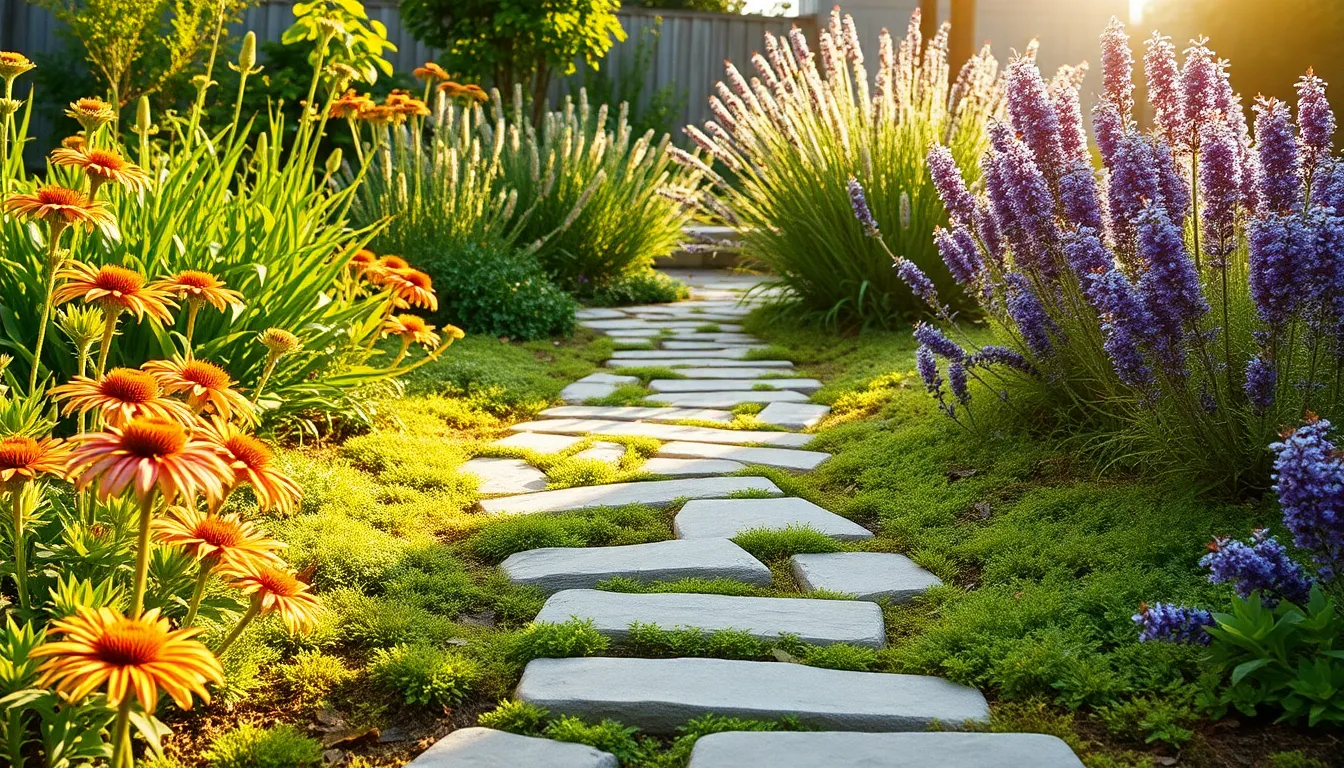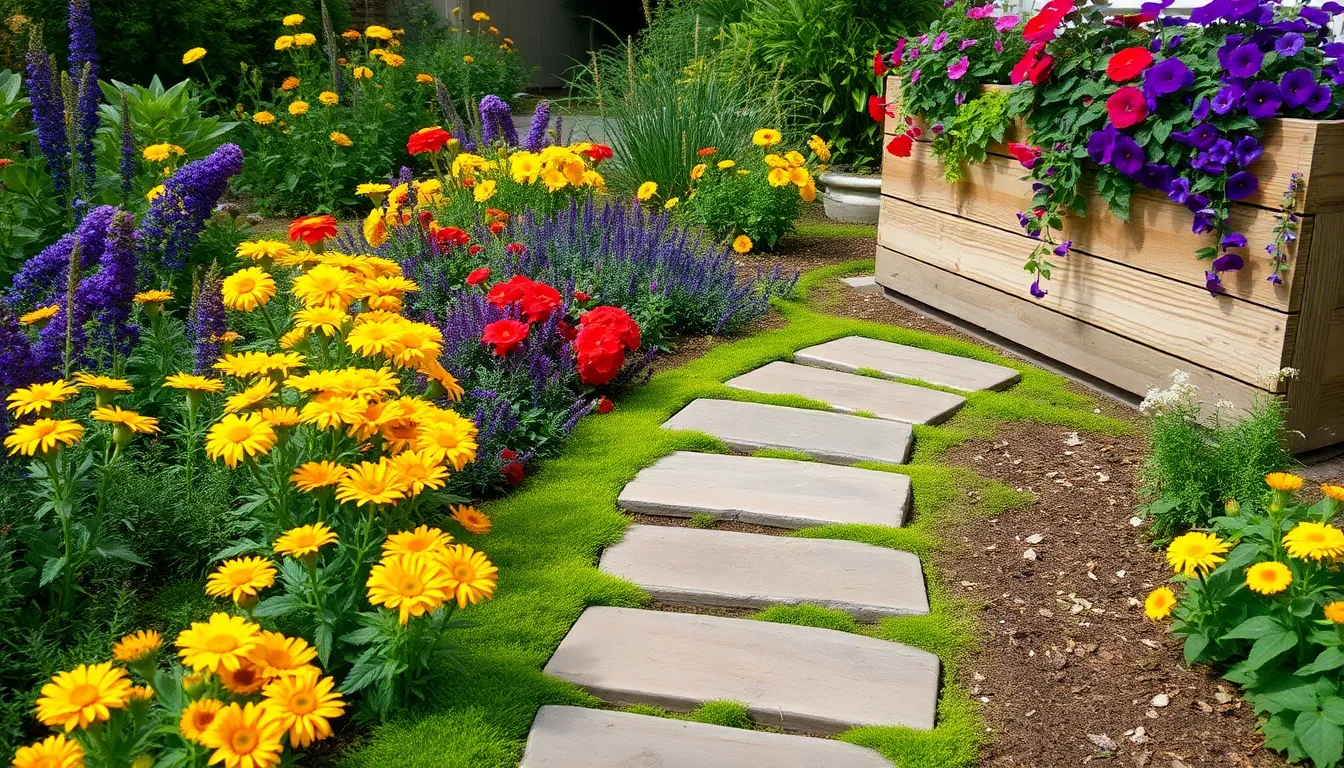Welcome to the enchanting world of flower arrangements, where your garden’s vibrant blooms transform into stunning displays of art. Whether you’re just beginning your gardening journey or have years of experience under your belt, creating beautiful arrangements is a skill that blends creativity with the natural beauty of your garden, offering endless possibilities for expression and enjoyment.
For the novice gardener, flower arranging can be an exciting new venture that enhances your appreciation of the plants you nurture. Experienced gardeners will find that honing this skill adds a new dimension to their gardening repertoire, allowing them to showcase their beloved blooms in a fresh and dynamic way.
In this article, we will guide you through the foundational principles of flower arranging, from selecting the right flowers and foliage to mastering the art of balance and color harmony. You’ll discover practical tips and techniques that make the process not only accessible but also incredibly rewarding. Let us embark on this creative journey together, celebrating the joy and satisfaction that comes from crafting personalized floral masterpieces.
Understanding Flower Arrangement Basics
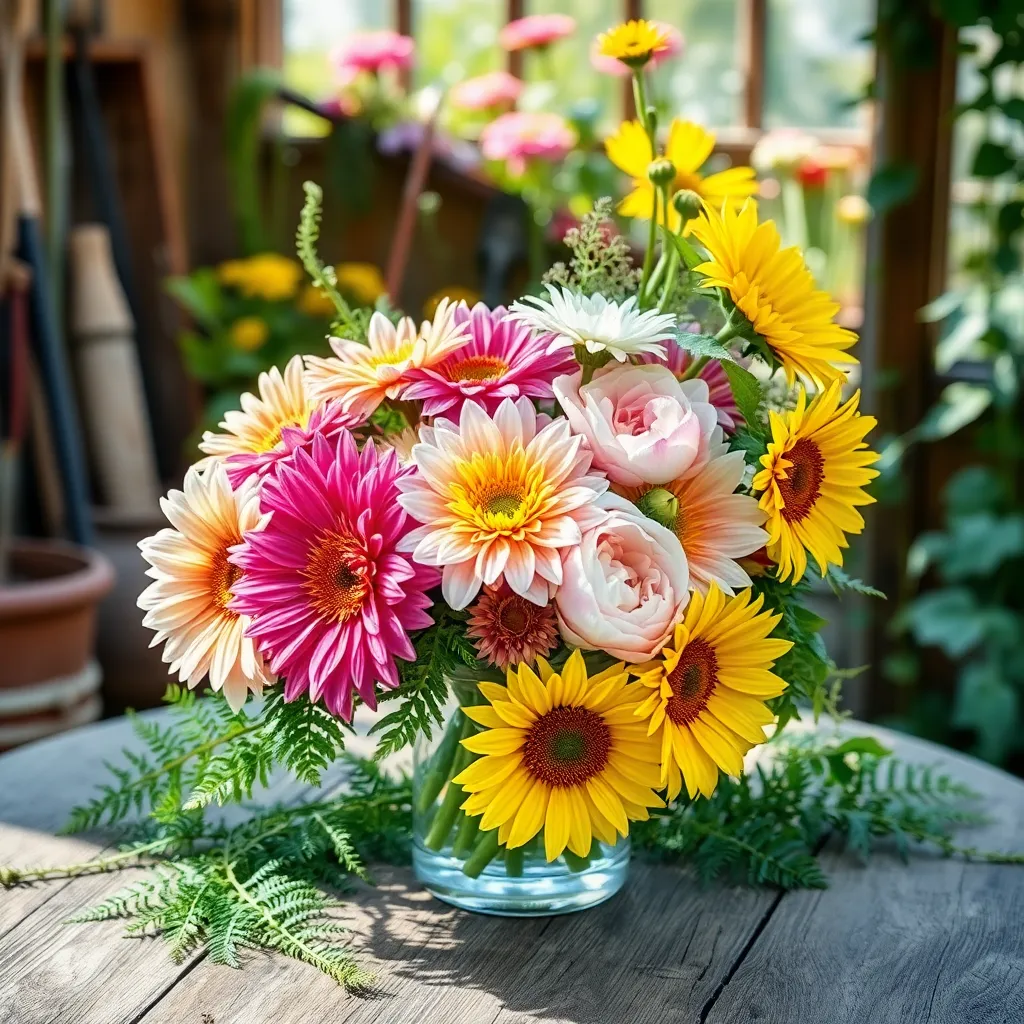
When starting with flower arrangements, it’s crucial to understand the basics of selecting and preparing your blooms. Begin by choosing flowers that are fresh and healthy, as they will last longer and make your arrangement more vibrant.
Consider the color palette of your arrangement by selecting flowers that complement each other. Opt for a mix of blooms with varying heights and textures to create depth and interest in your design.
Pay attention to the seasonality of flowers to ensure you are using blooms that are readily available and at their peak. This not only supports local growers but also enhances the longevity and beauty of your arrangements.
For a longer-lasting arrangement, make sure to trim the stems at a 45-degree angle and remove any leaves that will be submerged in water. Use a clean vase and change the water every two to three days to prevent bacterial growth.
Advanced tip: Experiment with different container shapes and sizes to see how they influence the overall look of your arrangement. A narrow vase, for example, can help to emphasize vertical lines, while a wide bowl can showcase a more sprawling, natural composition.
Choosing the Perfect Blooms
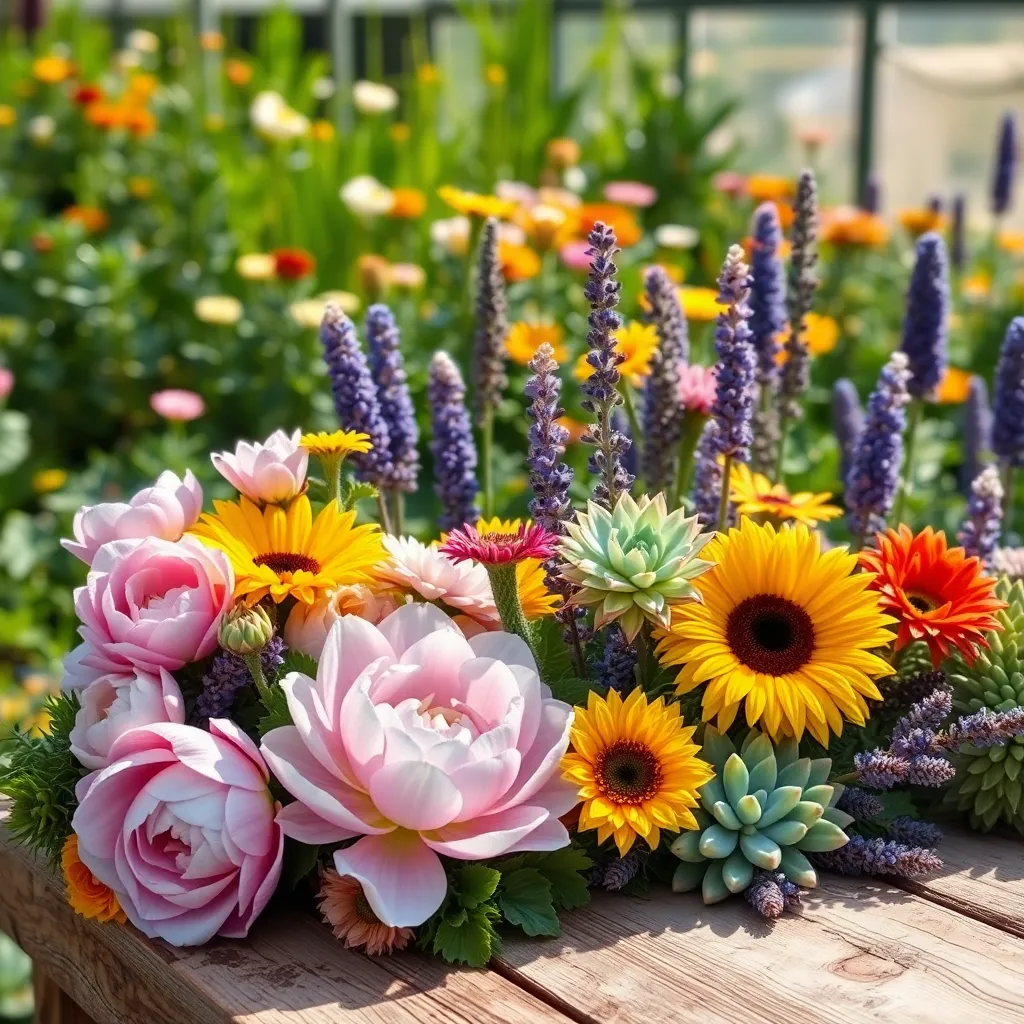
When selecting blooms for your flower arrangements, consider the color palette you want to achieve. Think about whether you want complementary colors or a monochromatic scheme, as both can create stunning visual effects.
It’s crucial to choose flowers that are in season, as they will be more affordable and readily available. Seasonal blooms also tend to be fresher and hold up better in arrangements.
Consider the vase life of the flowers you select, as some blooms, like carnations and chrysanthemums, are known for their longevity. This ensures that your arrangements remain beautiful for as long as possible.
Think about the texture and shape of the flowers to add depth to your arrangements. For instance, pairing round blooms like peonies with spiky flowers like delphiniums can create an interesting contrast.
Pay attention to the growing conditions required for the flowers you choose, especially if you plan to grow them yourself. Most cut flowers thrive in well-drained soil and require regular watering, but be sure to check the specific needs of each variety.
For those interested in growing their own blooms, starting with easy-to-grow varieties like zinnias or sunflowers can be rewarding. These flowers are resilient and adaptable, making them ideal for beginners.
Tools and Materials You Need
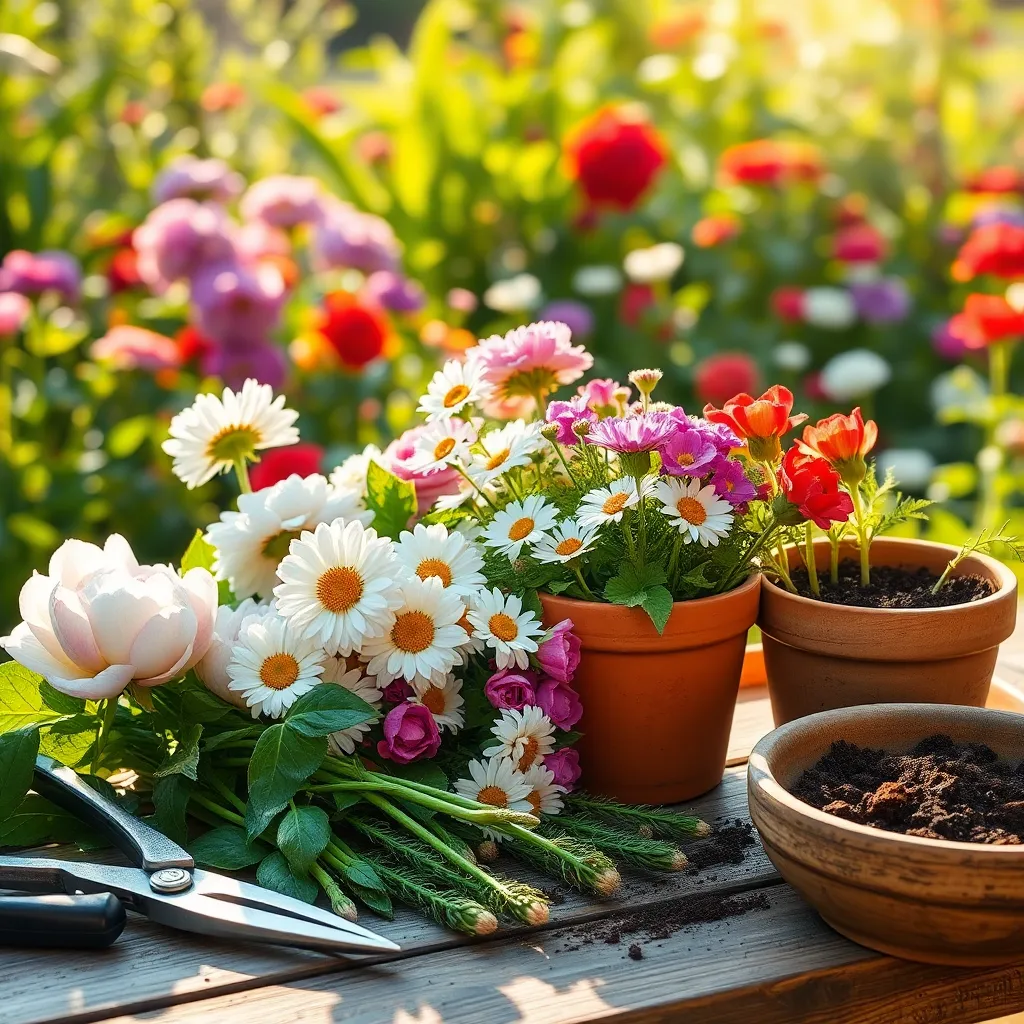
When starting with flower arrangements, having the right tools can make all the difference. A sharp pair of scissors or floral shears is essential for cutting stems at the correct angle, ensuring they absorb water efficiently.
Another must-have tool is a floral knife, which allows for precision cuts and helps maintain the health of your flowers. For beginners, it’s beneficial to practice with different types of knives to find one that feels comfortable and effective.
In addition to tools, certain materials are crucial for successful arrangements. Floral foam, for example, provides a sturdy base and helps keep flowers hydrated for longer periods.
When choosing floral foam, look for a type that is specifically designed for fresh flowers, as these will retain water effectively. Soak the foam thoroughly before inserting stems to ensure your flowers stay fresh.
Vases play a significant role in your arrangements, so select ones that complement the style of your blooms. Consider the height and width of the vase to ensure it supports the flowers while allowing them to spread naturally.
For a more advanced touch, use floral tape and wire to shape and secure your arrangements. These materials help create structure and can also be used to support heavier blooms.
Simple Steps to Arranging Flowers
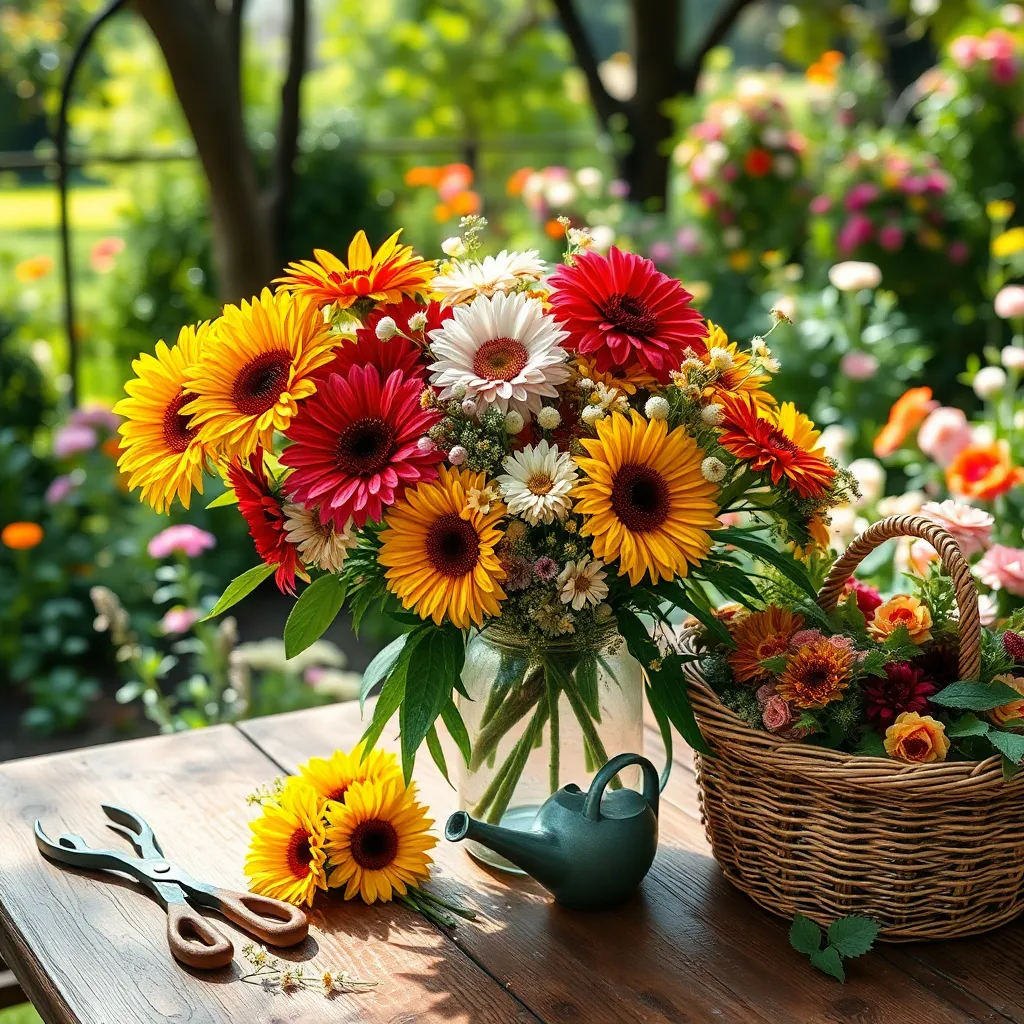
Start by selecting flowers that complement each other in color and texture. Consider choosing blooms that are in season for the best quality and value.
Next, prepare your containers by ensuring they are clean and filled with fresh, lukewarm water. Add a floral preservative to the water to extend the life of your arrangement.
As you arrange, begin with the greenery to create a base and shape for your bouquet. Use foliage like eucalyptus or ferns to add texture and a natural framework.
Once your base is set, place the largest blooms first, such as roses or peonies, to act as focal points. Position them at varying heights to add depth and interest to your arrangement.
Fill in with smaller flowers, like daisies or baby’s breath, to add volume and balance. Keep turning your arrangement as you work to maintain a well-rounded look from all angles.
For advanced gardeners, consider adding unexpected elements like herbs or branches for a unique touch. This not only adds fragrance but also a personal twist to your floral display.
Maintaining Freshness and Longevity
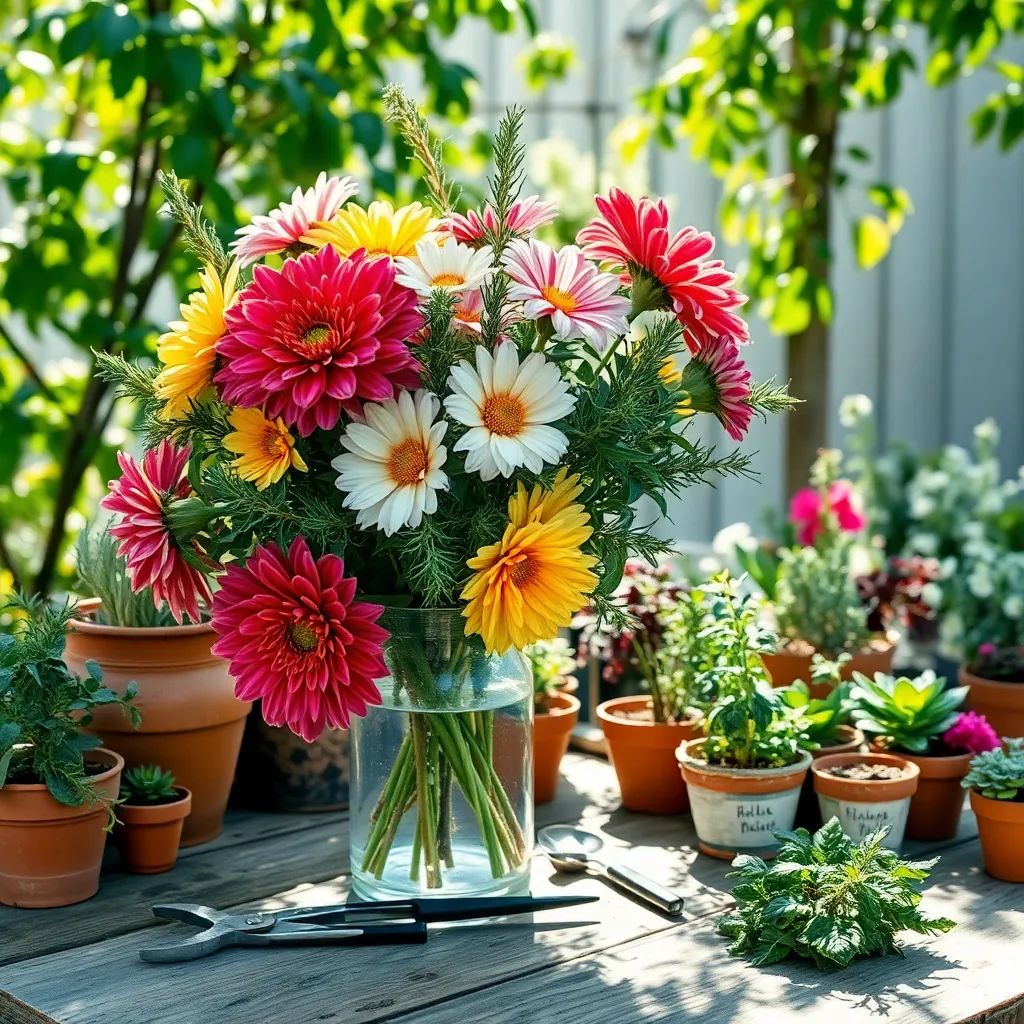
Keeping your flower arrangements fresh starts with selecting the right flowers. Choose blooms that are just starting to open, as this will ensure they last longer once arranged.
Proper trimming of the stems is crucial to maintaining freshness. Use a sharp knife or scissors to cut each stem at a 45-degree angle, which maximizes water absorption.
Changing the water regularly is another key to longevity. Replace the water every two days and ensure the vase is clean to prevent bacterial growth, which can shorten the life of your flowers.
For those looking to go the extra mile, consider adding a commercial flower preservative to the water. These preservatives contain nutrients and antibacterial agents that help keep your blooms vibrant.
To maintain freshness, place your arrangement away from direct sunlight and heat sources. High temperatures can cause flowers to wilt quickly, so a cool spot is ideal.
Humidity can also play a role in the longevity of your arrangements. If the air in your home is dry, lightly misting the flowers can help keep them hydrated.
For more advanced gardeners, experimenting with different vase materials can be beneficial. Glass vases are popular, but ceramic or metal options can provide added protection from light, slowing down the wilting process.
Conclusion: Growing Success with These Plants
As we wrap up our exploration into the enchanting world of flower arrangements for beginners, we’ve discovered five key relationship concepts that parallel the art of arranging blooms: communication, patience, creativity, adaptability, and attentiveness. Just as each flower has its unique beauty and role in a bouquet, every relationship thrives on clear communication, patient understanding, creative approaches to problem-solving, adaptability to change, and attentive care.
Take immediate action today by choosing one of these principles to focus on. Perhaps you might start by enhancing communication with a loved one, much like selecting the perfect centerpiece for your arrangement. This small step can create a ripple effect, bringing harmony and beauty into your connections.
Remember, relationships, like flower arrangements, flourish with ongoing attention and care. Bookmark this article now to revisit these insights and refine your relationship skills over time. By doing so, you’re not just preserving a guide but investing in the lifelong success of your relationships. Let this be your springboard to a vibrant and fulfilling relational journey, where every effort you make blossoms into the profound beauty of shared understanding and love.

